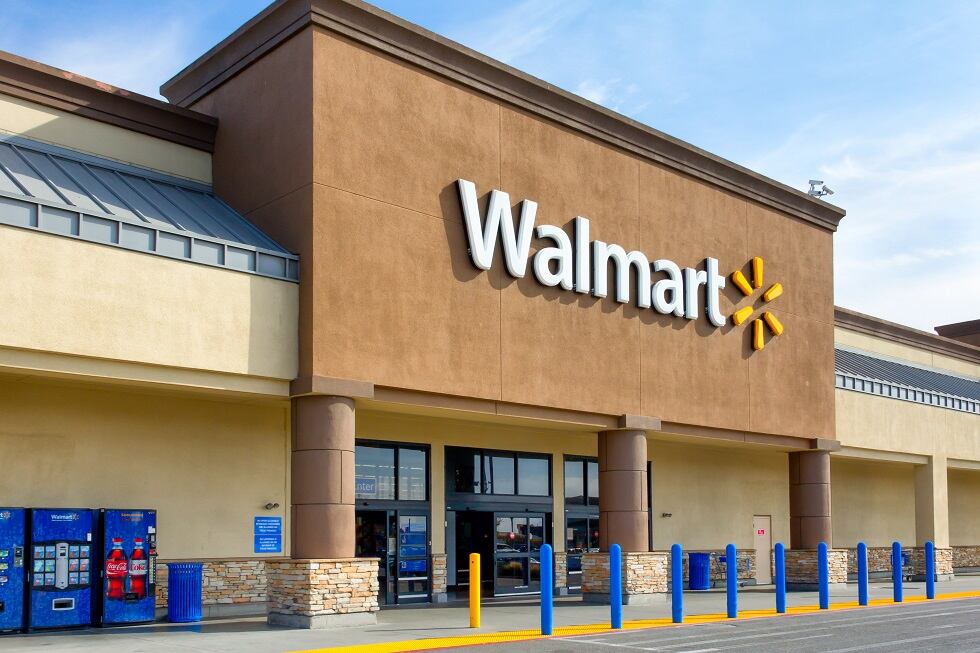Target Corp. has a long road ahead to bounce back from its sales slump, but the company’s grocery and private-label food and beverage business is helping to stabilize the Minneapolis, Minn.-based retailer.
Target reported a 1.5% year-over-year decline in net sales of $25.3 billion for the third quarter on Nov. 19, marking the fourth consecutive quarter of declines. Outgoing Target CEO Brian Cornell acknowledged Target’s ongoing challenges, noting that the business “has not been performing up to its potential for the past few years” in the company’s Q3 earnings call.
Despite the retailer’s merchandise sales slump, Cornell touted the success of the company’s food and beverage business during his 11-year tenure at Target, adding that efforts in food and beverage are “paving the way for explosive growth.”
“We invested in our product design, development and sourcing capabilities, and launched several new billion-dollar-owned brands,” he said. “We pioneered the stores-as-hubs model for digital fulfillment, remodeled well over 1,000 of our existing stores and added nearly 200 net new locations in the US.”
Zacks Investment Research says Target’s $31 billion portfolio of store brands is a hallmark for the company, providing a “distinct competitive advantage” that has the potential to serve as the “quiet engine behind its revival.”
“With design embedded in its DNA, the company’s private label strategy is emerging as a quiet but powerful driver of loyalty and differentiation, reinforcing the foundation for Target’s next phase of retail reinvention,” Zacks analyst Sumit Singh wrote in October.
Food and beverage sales steady
Food and beverage grew nearly 7% year over year in Q3, with the biggest gains in the beverage category, according to Target Chief Commercial Officer Rick Gomez.
“Guests are choiceful, stretching budgets and prioritizing value,” Gomez said. “They’re spending where it matters most, especially in food, essentials and beauty, while looking for trend-right deals in discretionary categories.
“They want quality and price to coexist, something we do particularly well through our balance of must-have national brands, our exclusive own-brand portfolio and our curation of emerging brands.”
Target’s health and wellness assortment, which includes prebiotic sodas and better-for-you energy drinks, drove sales, he said, adding that Target also grew its candy sales, particularly leading up to Halloween.
Target’s incoming CEO Michael Fiddelke, who currently serves as chief operating officer and succeeds Cornell on Feb. 1, said the company is winning customers by investing in price cuts to some 3,000 items in food, beverage and essentials.
Gomez said the price cuts are aimed at helping families “further manage their budgets.”
“And for the next major holiday around the corner, our Thanksgiving meal deal this year is one of our most affordable yet, feeding a family of four for less than $20, with Good & Gather turkey at just 79 cents per pound, as well as potatoes, stuffing and other seasonal sides for less than $5,” Gomez noted.
Growth at Good & Gather
Good & Gather, Target’s flagship food and beverage store brand, features more than 2,500 products that are free of high-fructose corn syrup, artificial flavors and sweeteners or synthetic colors, with most priced at $5 or less.
The food and beverage store brand, launched in 2019, is among Target’s vast portfolio of around 50 brands, most of which are in retail merchandise.
Good & Gather, which grew to become a nearly $4 billion brand for Target in its first five years, was followed by Favorite Day in 2021 – another store brand that focuses on baked goods, snacks, ice cream and other treats.
Target’s plan to drive more than $15 billion in sales growth by 2030 includes a massive expansion of its Good & Gather and Favorite Day brands with some 600 new food and beverage products, the company said in March.
Good & Gather is the 11th fastest growing private-label brand in the country at 42% year over year, as of Sept. 30, according to data analytics firm Numerator. That’s compared to Walmart, which ranked No. 1 with its flagship food brand Great Value, with an estimated 87% growth rate.
Store brands now make up an estimated 17% of Target’s total sales volume, according to Numerator’s Private Label Trends Dashboard, which analyzed 10 private-label categories – baby, electronics, grocery, health & beauty, home & garden, household, office, pet, tools & home improvement and toys.

Target shoppers are looking for more than discounts in the retailer’s assortment and embracing new food trends like Good & Gather seasonal empanadas and partnerships with established brands such as gourmet host gifts from Marks & Spencer, Stonewall Kitchen and Sugarfina, according to Gomez.
Target recruits ChatGPT
Target is also betting on AI to boost its lagging sales, announcing on the same day as the earnings report release that it is integrating a Target app on OpenAI’s popular ChatGPT platform.
The AI-powered shopping tool within ChatGPT will offer shopping suggestions and enable shoppers to purchase multiple items, including food and beverage products, in a single transaction, the company said.
“Shoppers will also soon be able to request personalized recommendations, browse and build baskets from across Target’s full assortment and purchase seamlessly through their Target account,” the company said.
This move comes less than a week after Walmart announced its partnership and integrated app with the AI company.
“This is agentic commerce in action: where AI shifts from reactive to proactive, from static to dynamic. It learns, plans and predicts, helping customers anticipate their needs before they do,” Walmart said in a press release.



